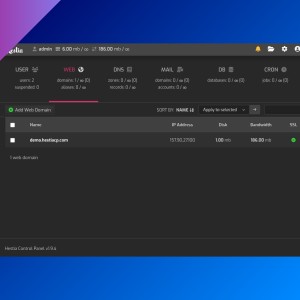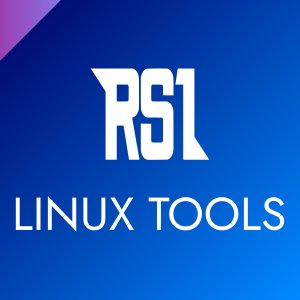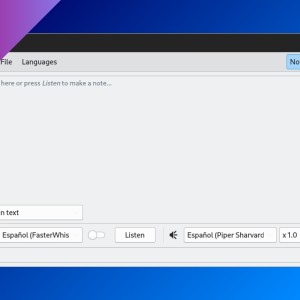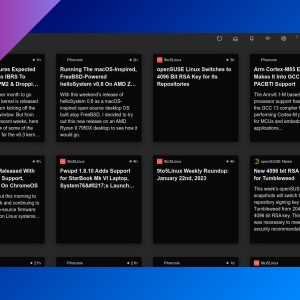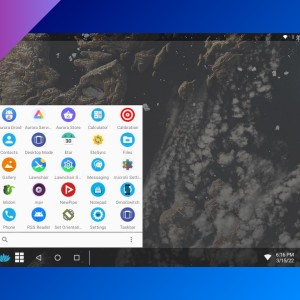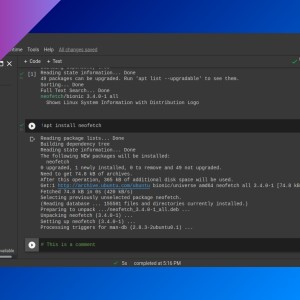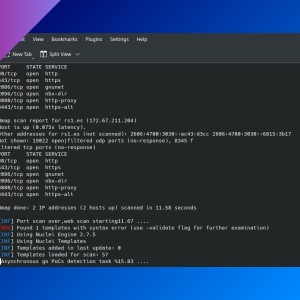How to format and mount a blank disk
Table of Contents
- Creating partition
- Formatting and labelling the partition
- Mount the partition
- Mounting partition automatically when system boots up
When you add a new blank disk to your server, you will probably need to do some steps before you can use it.
Creating partition
- List all available disks and its partitions with
lsblk, look for your blank disk and note its name (in this case,vdb).
$ lsblk
NAME MAJ:MIN RM SIZE RO TYPE MOUNTPOINT
loop0 7:0 0 55.4M 1 loop /snap/core18/1944
loop1 7:1 0 31.1M 1 loop /snap/snapd/10707
loop2 7:2 0 69.9M 1 loop /snap/lxd/19188
loop3 7:3 0 32.3M 1 loop /snap/snapd/12704
loop4 7:4 0 55.4M 1 loop /snap/core18/2128
sr0 11:0 1 1024M 0 rom
vda 252:0 0 20G 0 disk
├─vda1 252:1 0 1M 0 part
├─vda2 252:2 0 1G 0 part /boot
└─vda3 252:3 0 19G 0 part
└─ubuntu--vg-ubuntu--lv 253:0 0 19G 0 lvm /
vdb 252:16 0 10G 0 disk- We are going to use
fdiskto create a new partition onvdb. Typefdisk /dev/+ your disk name.
sudo fdisk /dev/vdbfdiskallows you to do several tasks (you can typemto see every option) but now you are only going to create a new partition. Typenand press Enter.- If you want to create one partition that fills up entire disk, simply press Enter to all prompts.
Command (m for help): n
Partition type
p primary (0 primary, 0 extended, 4 free)
e extended (container for logical partitions)
Select (default p): Using default response p.
Partition number (1-4, default 1):
First sector (2048-20971519, default 2048):
Last sector, +/-sectors or +/-size{K,M,G,T,P} (2048-20971519, default 20971519): Created a new partition 1 of type 'Linux' and of size 10 GiB.- Type
wand press Enter to save the changes. - If you type
lsblkagain you will notice there is a new partition on your disk (in this case,vdb1). You will need this name for the next step.
Formatting and labelling the partition
- Format the new partition to
ext4(default format for Linux systems) by typing:
sudo mkfs.ext4 /dev/vdb1- Replace partition name for yours.
- You can label the partition with
e2label:
sudo e2label /dev/vdb1 "New partition"- For NTFS partitions, use
ntfslabel. - For FAT (MS-DOS) partitions, use
fatlabel.
Mount the partition
- Now you can mount your formatted partition. First, create a folder where you will mount the partition. Mount points are usually created under
/mntor/mediafolder, but you can use any other path.
sudo mkdir /mnt/mydisk- Finally, mount the disk partition.
sudo mount /dev/vdb1 /mnt/mydisk- You can mount a filesystem as “read-only” by using the command parameter
-o ro.
- When you want to unmount, simply type
sudo umount+ mount point or partition path.
sudo umount /mnt/mydisk
#or
sudo umount /dev/vdb1Mounting partition automatically when system boots up
- If you want your disk partition automatically mounts when system boots up, you will need to edit
/etc/fstabfile. First, note filesystem UUID by typing:
$ sudo blkid
/dev/vdb1: UUID="14bf9ffc-708c-4cf8-b7b2-7a5fb205a6d0" TYPE="ext4" PARTUUID="0a77ac42-01"- You can also type
lsblk -o name,uuid.
- Open
/etc/fstabwith your preferred text editor.
sudo vim /etc/fstab- At the end of the file, type this (using your UUID and mount point):
UUID=14bf9ffc-708c-4cf8-b7b2-7a5fb205a6d0 /mnt/mydisk ext4 defaults 0 0- Save changes and close the file.
- You can check if everything works as expected, typing
sudo mount -a(first unmount the partition if it’s mounted) and checking if partition is mounted. - Next time you boot up your system, disk partition will be automatically mounted.
If you have any suggestion, feel free to contact me via social media or email.
Latest tutorials and articles:
Featured content:

